Understanding Dietary Restrictions and Their Labels
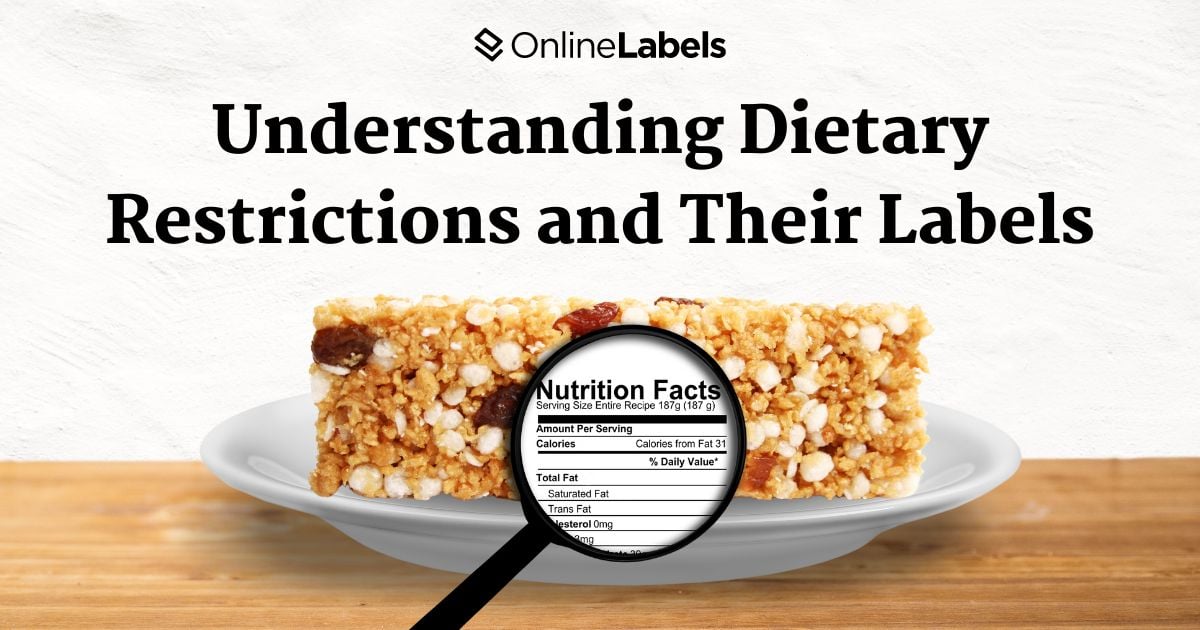
Dietary restrictions influence the food choices millions make daily, whether driven by health concerns, ethical beliefs, or cultural practices. From gluten-free and vegan to keto and dairy, each label carries its own set of guidelines and implications that are essential for consumers and food industry professionals alike.
Understanding these diet and allergy labels can ensure consumers enjoy meals that align with their needs. In this article, we will help you understand the meaning behind various dietary restrictions and their corresponding labels, providing clarity and insight on how to read nutritional labels and learn the vital aspects of modern nutrition.
Common Dietary Restrictions
Navigating the world of dietary restrictions can initially feel intimidating. However, differentiating between allergies can be essential in today's diverse culinary landscape.
Vegetarian Diet and Labels
The main dietary restrictions of a vegetarian diet involve abstaining from meat. Vegetarian diets primarily avoid meat, chicken, mollusks, and fish. Some vegetarians choose to avoid products derived from animal slaughter, such as gelatin, and certain food additives like rennet, which is cheese produced. Regardless of the diet restrictions, they all follow the same guidelines regarding product labeling.
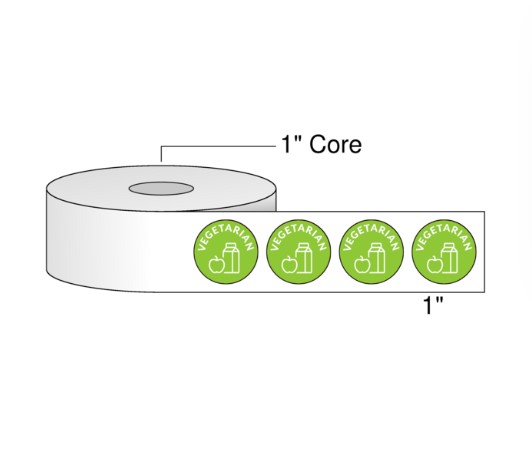
For manufacturers and food providers, vegetarian labels are critical to helping consumers navigate their dietary restrictions. The label above represents a product that does not contain meat or meat-derived ingredients. As vegetarianism continues to grow in popularity, the demand for plant-based products continues to grow, making it more critical than ever for the food industry to include them.
Gluten-Free Diet and Labels
Gluten-free diets are essential for individuals with celiac disease, non-celiac gluten sensibility, or wheat allergies. These diets require the strict exclusion of gluten or any derivatives because it triggers an autoimmune response in people with celiac disease, leading to damage in the small intestine, among other issues.
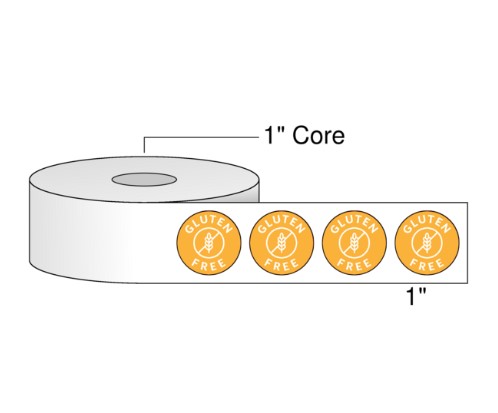
For food manufacturers, having a gluten-free label is vital to catering to the gluten-free market. Gluten-free labels follow the regulatory norms of the Food and Drug Administration (FDA) program and communicates that the product contains less than 20 parts per million (ppm) of gluten. When shopping, individuals on a gluten-free diet look for labels indicating “gluten-free,” which signifies that the product has been tested and meets the required safety standards.
Dairy-Free Diet and Labels
Dairy-free diets are essential for individuals with lactose intolerance and dairy allergies. Lactose intolerance is a common allergy condition where the body lacks the enzyme lactase needed to digest lactose, the sugar found in milk and dairy products. On the other hand, dairy allergies involve a lack of immunity response to proteins found in milk, such as casein and whey, which can cause severe allergic reactions.
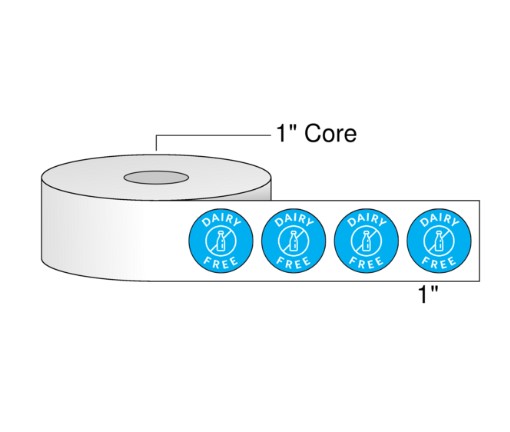
Dairy-free labels are critical for those adhering to a dairy-free diet. This label can be included in products like milk, cheese, butter, etc. However, it's important to note that "dairy-free" does not mean completely dairy-free, as some products contain casein, a milk protein. Therefore, individuals on a strict dairy diet should also look for warning labels on dairy products.
Vegan Diet and Labels
Vegan diets can be distinguished from vegetarian diets because they exclude all animal products, including meat, dairy, eggs, and often honey. The primary restriction of a vegan diet is avoiding all animal-derived ingredients, including meat, fish, dairy, and eggs. This dietary choice is motivated by various factors, such as health concerns or ethical beliefs. Vegans rely entirely on plant-based foods, necessitating careful planning to ensure nutritional adequacy.

Vegan labels are imperative for communicating to customers that a product doesn't contain animal-derived products.
Allergies and Food Restrictions
Managing food allergies in products is crucial to healthy well-being. However, when food allergies can trigger severe and potentially life-threatening reactions, consumers and food industry professionals must seek stricter food signals when purchasing food. This is where food warning labels come into the scene as they serve as a much more stringent way of displaying food restrictions and awareness in preventing allergic reactions.
Warning Labels for Fish Allergies
Fish allergies are one of the most common food allergies and can lead to severe and potentially life-threatening reactions. Individuals with this type of allergy must recognize the warning signs to prevent food infection.
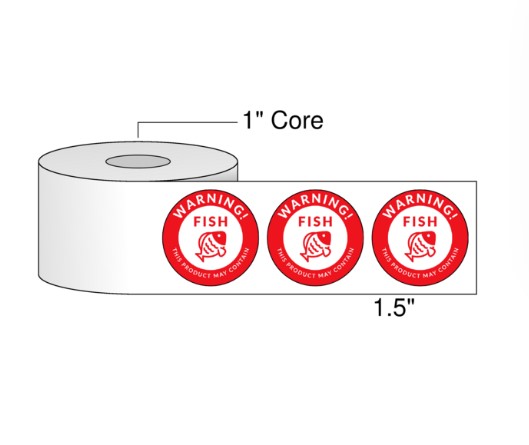
Warning labels for fish allergies are vital, and fish should be listed as an ingredient when present. Understanding and recognizing these labels can help individuals with fish allergies make safer food choices. Fish can be hidden in various foods, including sauces, dressings, and processed food, so have labels for this type of food allergy and be aware of potential cross-contamination.
Warning Labels for Sesame Allergies
Sesame allergies are increasingly recognized as a significant food allergy affecting children and adults. Sesame seeds and sesame oil are common ingredients in various cuisines worldwide, making this allergy particularly challenging to manage. Consumers who suffer from sesame allergies strictly avoid food options that contain sesame, including sesame seeds, sesame oils, tahini, and foods that might contain sesame.
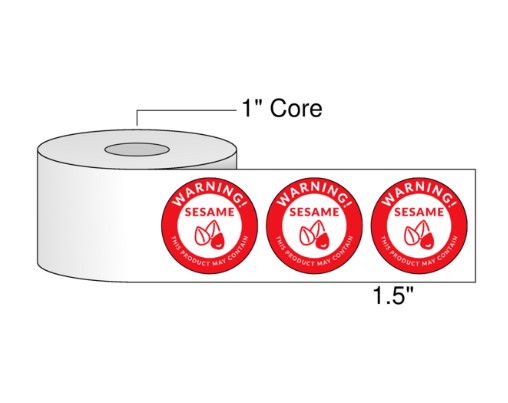
Warning labels for sesame allergies are critical for a large audience with this particular allergy. Food products that contain sesame labels serve as a warning for consumers with this specific allergy and exclusively serve as a warning not to ingest this product if they have allergies.
Warning Labels for Peanut Allergies
Peanut allergies are among the most common and potentially severe food allergies, affecting millions of consumers worldwide. Peanut butter, a popular food product, poses a significant risk for those with peanut allergies. In many countries, individuals with peanut allergies should be cautious and strictly avoid all peanut-containing products, including processed peanuts.

Food labeling is vital for products containing peanuts. In many countries, peanuts are a mandatory allergen that must be listed on food labels. Advisory statements such as warning labels for peanuts are crucial for identifying potential cross-contamination risks.
Warning Labels for Shellfish Allergies
Shellfish allergies are among the most common food allergies, particularly in adults. They can lead to severe and potentially life-threatening reactions, making awareness and management crucial. Shellfish allergies are typically divided into two categories: crustacean allergies (such as shrimp, crab, and lobster) and mollusk allergies (such as clams, mussels, oysters, and squid).
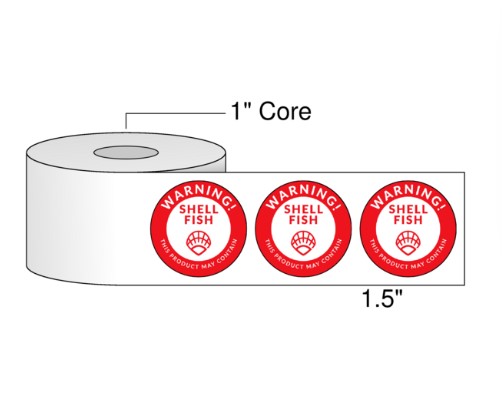
Warning labels on shellfish products are crucial for individuals with shellfish allergies to avoid toxic allergic reactions. This includes reading food labels carefully and being cautious about cross-contamination in restaurants and foods that contain these labels. Shellfish can be hidden in various foods, such as sauces, soups, and certain processed foods, so vigilance is necessary. Clear food labeling is vital for managing shellfish allergies. Understanding and recognizing these labels helps individuals with shellfish allergies make safer food choices.
Warning Labels for Soy Allergies
Soy allergies are prevalent in children, though many outgrow them by adulthood. Despite this, soy remains a significant allergen that can cause severe reactions. Soy is a predominant ingredient in many processed foods, making it challenging to avoid. For those with soy allergies, strictly avoiding all soy-containing foods and products is essential. This includes reading food labels diligently and being aware of potential cross-contamination in restaurants and foods with soy.
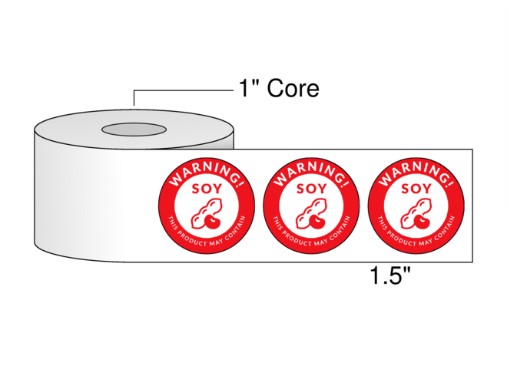
This is where food labeling and warning labels for soy allergies come into play. These labels help warn consumers of soy's presence in their products. Soy is usually present in vegetarian and vegan products, baby formula, and supplements. Including these labels can help individuals with soy allergies make safe food choices.
Warning Labels for Nut Allergies
Nut allergies, including reactions to tree nuts and peanuts, are among the most common and potentially severe food allergies in the United States. Tree nuts include almonds, walnuts, cashews, hazelnuts, pistachios, and Brazil nuts. For those with nut allergies, strict avoidance of all nut-containing foods and products is essential. This includes reading food labels carefully and being aware of potential cross-contamination in restaurants and food preparation areas.
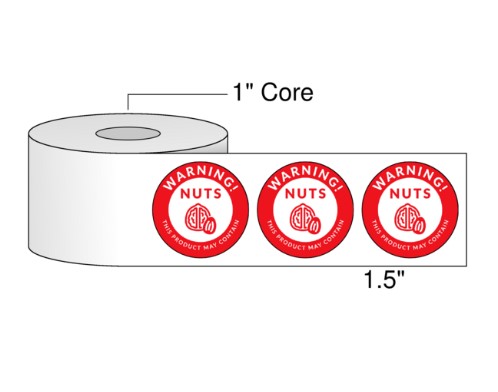
This is why warning labels for nut allergies are essential. Products that contain nuts must be listed as allergens on food labels. These labels serve as advisory statements and help consumers understand that the products are processed in a facility that processes nuts. Understanding these labels' presence allows producers and consumers with nut allergies to make safe food choices.
Warning Labels for Wheat Allergies
Wheat allergies are common, especially among children, although they can persist into adulthood. Unlike gluten allergies, this one involves allergic reactions to proteins explicitly found in wheat, such as albumin, globulin, gliadin, and gluten. For clients with wheat allergies, strictly avoiding all wheat-containing foods and products is essential. This includes reading food labels and being aware of the potential presence of wheat in restaurants and food products.
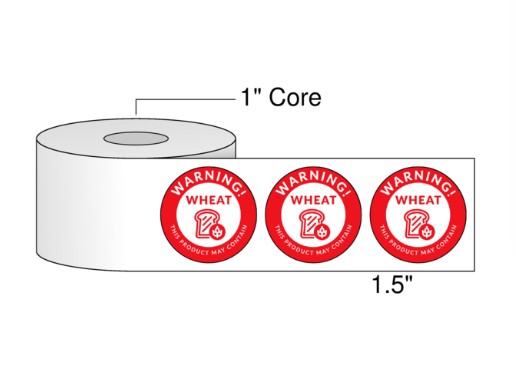
Warning labels for wheat allergies are critical when managing products containing wheat. In the United States, a major wheat-producing country, wheat products must be listed with warning labels. Food warning labels like this one help alert consumers of potential contamination risks.
Warning Labels for Egg Allergies
Egg allergies are among the most common food allergies, particularly in children. While many toddlers outgrow their egg allergy by adolescence, some remain allergic into adulthood. For people with egg allergies, strictly avoiding all egg-containing foods and products is essential.

Warning labels for egg allergies are vital tools for managing egg allergies. They alert consumers of potential cross-contamination risks and indicate whether a product is made with eggs or produced in a facility that processes eggs. This label helps food producers and consumers with this particular allergy make safer food choices.
Dietary Labels Play a Crucial Role in Safe Food Ingestion
Dietary restrictions play a significant role in shaping the food choices of millions, driven by health concerns, ethical beliefs, or cultural practices. Understanding and respecting these dietary labels is crucial for fostering inclusivity and ensuring everyone can enjoy meals that align with their needs. By familiarizing themselves with the various nutritional labels, from vegetarian and gluten-free to vegan and dairy-free, consumers can make informed decisions that fit their health and ethical preferences.


